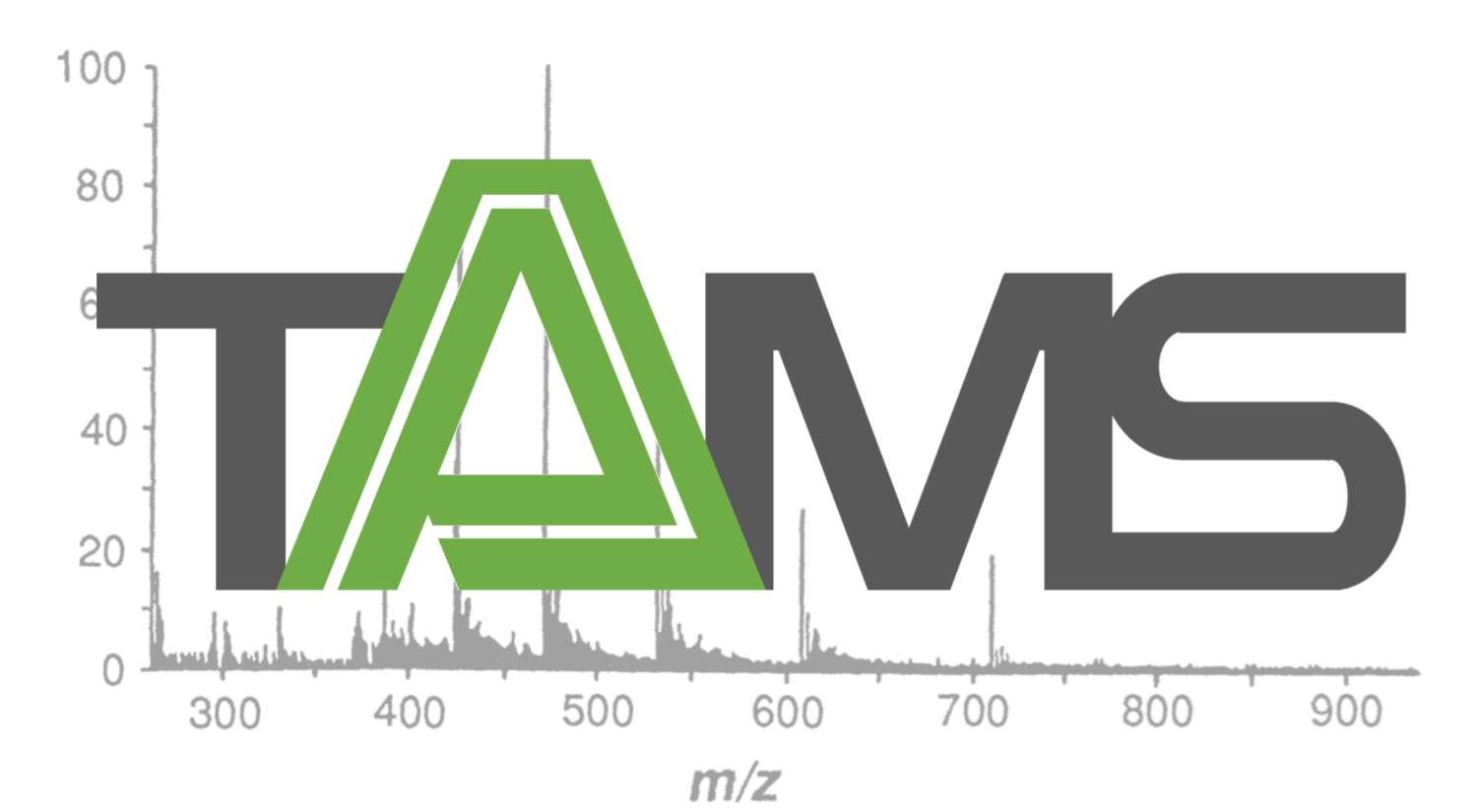Plenary Lecture:
“Hybrid Optical Microscope/Laser Ablation Liquid Capture Mass Spectrometry System Providing Co-registered Optical Bright Field, Fluorescence and Mass Spectral Images”
Dr. Gary Van Berkel, Oak Ridge National Laboratories, Oak Ridge, Tennessee
This presentation will begin with an overview of the general research emphasis in our group related to atmospheric pressure surface sampling and ionization techniques and multimodal imaging. One particular illustrative example will be given from our work on hybrid atomic force microscopy/mass spectrometry. The remainder of the presentation will focus on combined laser-based sampling with liquid phase sample collection staring with an overview of the literature and general rationale for this approach and our enabling open port sampling probe. Our work using a commercial laser microdissection instrument for optical imaging and laser ablation/liquid capture/ionization and mass spectrometry analysis will be the presentation focus. Topics covered will be the basic coupling and operation, ion internal energies, the multiple sampling modes possible, high spatial resolution imaging, and absolute quantitation.
Student Lecture:
“Profiling Fungal Cultures In-situ via the Droplet-LMJ-SSP Coupled with UPLC-PDA-HRMS-MS/MS”
Vincent Sica, Laboratory of Professor Nicholas Oberlies, UNC Greensboro, Department of Chemistry and Biochemistry
Ambient ionization mass spectrometry techniques have recently become very prevalent in natural product research due to their ability to examine an organism in situ. While they provide important details that are lost in the traditional extraction process (e.g. spatial and temporal distributions of secondary metabolites), they lose mutually supportive data, such as chromatographic separation and UV data. Fortunately, the droplet-liquid microjunction-surface sampling probe (droplet-LMJ-SSP) coupled with a UPLC-PDA-HRM-MS/MS system regains the separation, retention times, and UV data while still analyzing a sample in situ. This project applied the droplet–LMJ–SSP in a variety of ways for natural products research, thus overcoming challenges and answering questions that were previously unattainable using ambient techniques.
Student Lecture:
“Characterization of an Immobilized Enzyme Reactor (IMER) for On-line Protein Digestion”
Stephanie Moore, Laboratory of Professor Jim Jorgenson, UNC Chapel Hill, Department of Chemistry
Despite the recent developments for faster liquid chromatographic (LC) and mass spectral (MS) detection techniques, the standard in-solution protein digestion for proteomic analyses has remained relatively unchanged. The typical in-solution trypsin protein digestion is usually the slowest part of the workflow, albeit one of the most important. The development of a highly efficient immobilized enzyme reactor (IMER) with rapid performance for on-line protein digestion would greatly decrease the analysis time involved in a proteomic workflow. Presented is the development of a silica based IMER for on-line protein digestion, which produced rapid (10 sec) digestion times in the presence of organic mobile phase for both model proteins and a complex sample of the insoluble portion of a yeast cell lysate. The IMER was placed after a protein separation column followed by fractionation prior to MS analysis. Overall, for a sample of the insoluble portion of a yeast cell lysate with only a 10 sec digestion time on-column, the IMER identified 507 proteins while the in-solution digestion identified 490. Percent coverage and protein identifications compared between the IMER and in-solution digestions were analogous. There were no significant differences observed based on identified protein’s molecular weight or isoelectric point between the two digestion methods. Implementation of the IMER into the proteomic workflow provided similar protein identification results, automation for sample analysis, and reduced the analysis time by 15 hr. Current and future directions include eliminating the fractionation step of the workflow by placing the IMER before two alternating LC columns. These columns will alternatively collect eluting peptides as they are produced from the IMER, eliminating the need for overnight lyophilization of the fractionated samples. With both the overnight lyophilization and digestion steps removed from the protocol, the proteomic workflow timeline will be reduced by ~30 hr.
